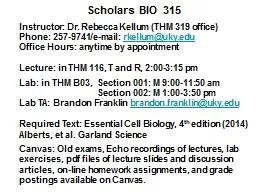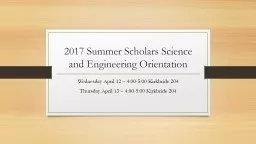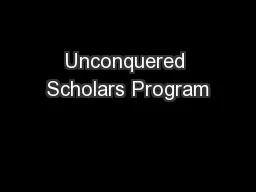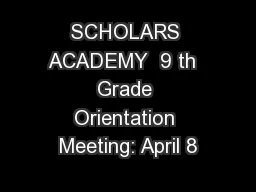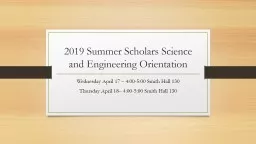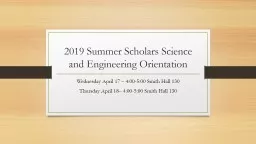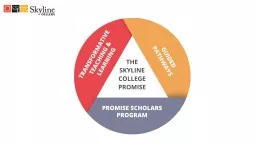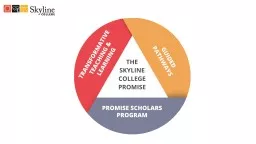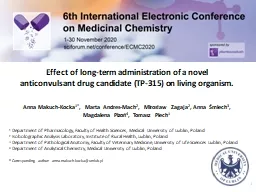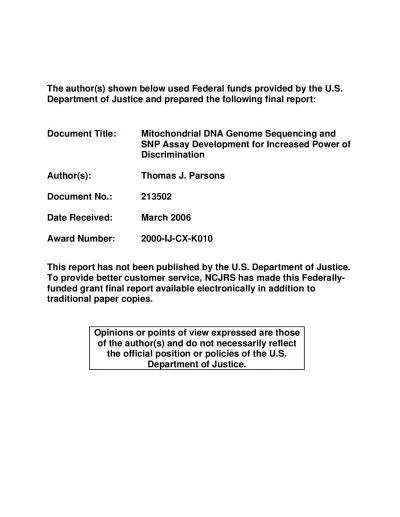PPT-Scholars BIO 315 Instructor: Dr
Author : stefany-barnette | Published Date : 2019-11-20
Scholars BIO 315 Instructor Dr Rebecca Kellum THM 319 office Phone 2579741email rkellumukyedu Office Hours anytime by appointment Lecture in THM 116 T and R 200315
Presentation Embed Code
Download Presentation
Download Presentation The PPT/PDF document "Scholars BIO 315 Instructor: Dr" is the property of its rightful owner. Permission is granted to download and print the materials on this website for personal, non-commercial use only, and to display it on your personal computer provided you do not modify the materials and that you retain all copyright notices contained in the materials. By downloading content from our website, you accept the terms of this agreement.
Scholars BIO 315 Instructor: Dr: Transcript
Download Rules Of Document
"Scholars BIO 315 Instructor: Dr"The content belongs to its owner. You may download and print it for personal use, without modification, and keep all copyright notices. By downloading, you agree to these terms.
Related Documents

